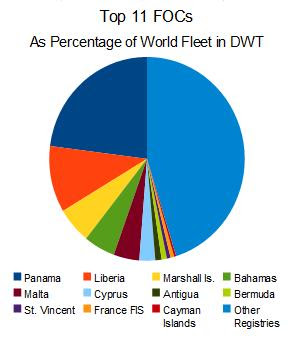 |
| Gwadar |
Chinese Overseas Ports will manage Pakistan’s Gwadar Port free-trade zone the free-trade zone on a 43-year lease.
Gwadar port is a deep sea port that sits next to the Strait of Hormuz, the key oil route in and out of the Persian Gulf and it lies only 120km from the Iranian border.. With a deep-sea port in the Arabian Sea and a land route to remote western China, some of Beijing’s Middle Eastern oil could travel the short route through Pakistan, instead of 6,000 miles through the Malacca Straits to Shanghai. That’s the route more than 80 percent of China’s oil and natural resources now have to take. The South China Sea extends from the Malacca Straits to the Strait of Taiwan, where China is in conflict with the United States and its allies for control . The newly-minted USN commander of the carrier strike group said the increased U.S. military presence in Southeast Asia does not risk making things worse. Last year, the U.S. began to challenge China by sailing warships near its reclaimed reefs in so-called freedom of navigation operations.
“This is a routine, scheduled deployment,” Rear Adm. Marcus Hitchcock said. “We’ve committed to unimpeded commerce in this region.” The resumption of freedom of navigation operations in the area is not a challenge to sovereignty, he added. “They are challenges to excessive territorial claims. We take no position on sovereignty other than to say we hope there is a peaceful and diplomatic resolution to sovereignty challenges here in this region.”
[February 5 Arleigh Burke-class guided-missile destroyer USS Curtis Wilbur (DDG 54) in FONOP]

On January 30, the United States Navy conducted its second freedom of navigation operation (FONOP) in recent months. This time, the destroyer USS Curtiss Wilbur transited within twelve nautical miles of Triton Island—a PRC-held feature in the Paracels also claimed by Vietnam and Taiwan. Unlike Subi Reef, which was the focus of the USS Lassen’s FON patrol last October, Triton Island is not one of China’s artificial islands. Foreign Ministry spokeswoman Hua Chunying condemned the operation, stating that the American vessel “violated the relevant Chinese law [on innocent passage] and entered China’s territorial sea without authorization.” Her counterpart, Lu Kang, suggested that the operation was nothing more than “the pursuit of maritime hegemony . . . under the cloak of ‘freedom of navigation.’ ,U.S. Assistant Secretary of State for East Asia Daniel Russel clarified that the ASEAN summit that President Obama will host this month is “not anti-China.” The Pentagon did not notify any of the three countries of its plans to transit the area.
[May 3 2008 China's concern about its access to vital sea lanes
 Sanya Hainan
Sanya HainanJane's Intelligence Review editor Christian Le Miere said: "China's nuclear and naval build-up at Sanya underlines Beijing's desire to assert tighter control over this region.
"China's increasing dependence on imported petroleum and mineral resources has contributed to an intensified Chinese concern about defending its access to vital sea lanes, particularly to its south.
"It is this concern that in large part is driving China's development of power-projection naval forces such as aircraft carriers and long-range nuclear submarines." here





No comments:
Post a Comment